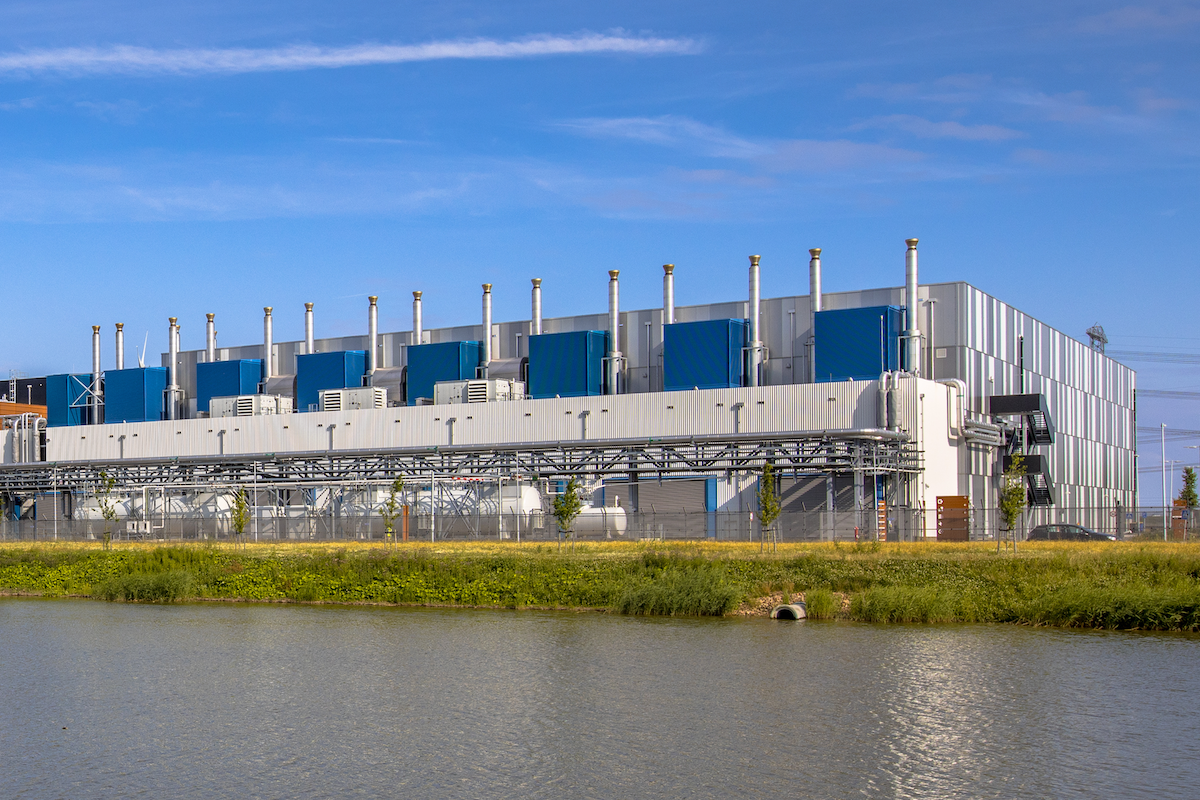The State of Data Center Real Estate16 min read

COVID-19 created a demand for computing power like the data center industry never experienced before. Life moved online rapidly and usage of streaming services, social media apps, and work-from-home services like Zoom, Slack, and others, skyrocketed. This spike in usage strained many companies beyond the capabilities of their on-site data storage solutions.
The need for quick and ready data solutions surged, without much time for new data centers to be built to keep up with the new demand. Even after the initial impact of the pandemic began to subside, demand remained high going into 2021, building up to the biggest year yet for leasing.
Demand at a Record High
It is no wonder that in the last year data centers were the highest-performing REIT (real estate investment trust) sector. Absorption reached a staggering 273.6 MW in 2020. The industry continues to yield absorption at record highs while prices skyrocket.
This is even more impressive considering that the U.S. built over 2,600 new data centers in 2021, which is far more than any other nation in the world. The market for data storage is competitive, with a continued trend of higher demand than supply. In fact, considering that even with the highest growth in new data centers worldwide, the market is still struggling to meet demand.
Among the industries driving this demand, education and health care remain top of the pile, which may come as a surprise. Online education has been a mainstay since the pandemic began, though, and it goes without saying that COVID-19 has strained the health care industry like never before. The increase in telehealth services alone would have increased demand from the health care industry.
Competition with Other Industries
New real estate for constructing data centers is some of the most valuable in the entire commercial market at this point.
One major challenge in the market right now is competition for real estate large enough to build data centers. The problem is that this kind of space is also optimal for building warehouses, which are in high demand as well with the boom in e-commerce. Online shopping has exploded in the last year, meaning retailers need more space for their inventories to meet demand.
It is virtually the exact same challenge that data storage providers are facing, except with server stacks instead of retail merchandise. Both are the result of the widespread, rapid move to online life caused by the COVID-19 pandemic.
The Scene for Investors
Billions of dollars are being poured into the data center industry, including from some of the biggest brand names in the world, like Blackstone and Goldman Sachs. Early investors in the industry prior to the outbreak of the pandemic have surely seen substantial profits, but it is not too late for new investors to get into the market. As previously mentioned, the demand for data storage is higher than it has ever been and doesn’t appear to be going down any time soon.
Studies have shown that working from home, if nothing else, is set to remain popular among the American public even after the pandemic fully subsides. Everything from shopping online to attending school online may end up being so convenient that many don’t want to return to pre-pandemic in-person standards. The entertainment industry, for example, is positioning itself to develop new standards for how films are released, with more and more high-profile films going direct to streaming along with the theaters.
All of this is connected to the data center industry. The 4K blockbusters thousands are streaming on HBO Max, the millions of children studying on Zoom calls with friends, the billions of people shopping online: all of these require hefty data storage. That data storage will require more and more real estate in the months and years to come. With so much depending on expanding data centers, this real estate will remain among the most valuable in the nation.
Clearly, investors are still highly interested in this industry. The Digital Realty Trust, worth over $40 billion, is constructing a new center stretching over 600,000 square feet, after gaining support from Bloomberg LP and others. Meanwhile, an astonishing 70% of 500 megawatts of new data storage being established is already pre-leased, according to a report by CNBC.
A Boom, Not a Spike
The key takeaway from these trends is that the real estate market for the data center industry is not experiencing a fluke spike in demand, but a sustained boom. In fact, this could be the beginning of a prolonged period of revolutionary growth for data center providers, creating a thriving market for investors as well as those selling properties that are viable for this industry.
Real-time monitoring, data-driven optimization.
Immersive software, innovative sensors and expert thermal services to monitor,
manage, and maximize the power and cooling infrastructure for critical
data center environments.
Real-time monitoring, data-driven optimization.
Immersive software, innovative sensors and expert thermal services to monitor, manage, and maximize the power and cooling infrastructure for critical data center environments.

Devin Partida
Editor-in-Chief at ReHack
Devin Partida writes about data, cybersecurity and smart tech for ReHack.com, where she is also the Editor-in-Chief.
0 Comments